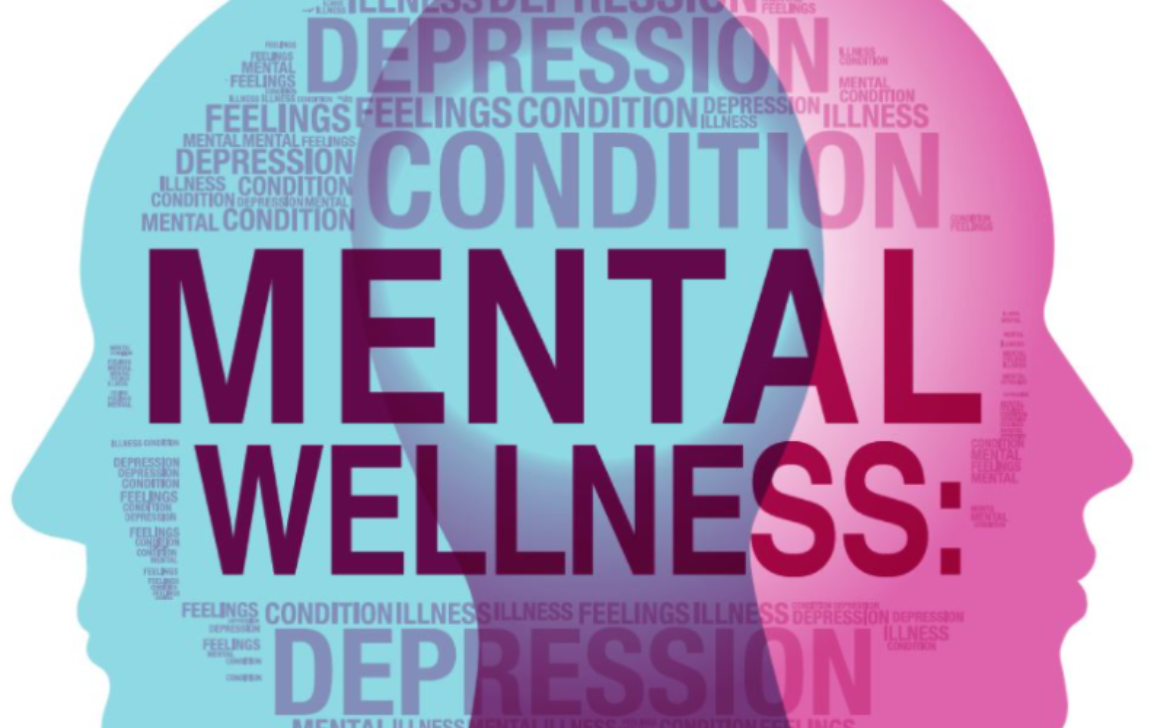Introduction
When it comes to building wealth, time can be your most significant ally. One of the most potent tools in the realm of personal finance is compound interest. The concept might seem simple at first, but its long-term implications are nothing short of extraordinary. In this blog post, we will unravel the secrets behind the power of compound interest, exploring how it works and offering practical tips on how you can harness its potential to grow your wealth steadily and significantly over time.
Understanding Compound Interest: The Basics
Compound interest is the interest on a loan or deposit that is calculated based on both the initial principal and the accumulated interest from previous periods. Unlike simple interest, where interest is calculated only on the initial amount, compound interest allows your money to grow exponentially. The more time your money has to compound, the more significant its impact becomes. Understanding this fundamental concept is the first step toward making it work for you.
Start Early, Benefit Immensely
The most remarkable aspect of compound interest is its reliance on time. Starting to invest or save early allows your money to compound for a more extended period, resulting in substantial growth. Even small, regular contributions can snowball into a substantial sum over several years. Whether you’re investing in the stock market, mutual funds, or a high-interest savings account, the earlier you start, the more you stand to gain in the long run.
Reinvesting Your Earnings: Compounding on Compounded Interest
Reinvesting your earnings is like adding fuel to the compound interest fire. Instead of withdrawing the interest generated, let it be reinvested. By doing so, your earnings themselves earn interest, leading to exponential growth. This strategy, often used in long-term investments like retirement accounts, magnifies the power of compound interest and accelerates your wealth accumulation.
Consistency is Key: Regular Contributions and Patience
Consistency is fundamental to reaping the full benefits of compound interest. Make regular contributions to your investment or savings accounts. Whether monthly, quarterly, or annually, these consistent contributions, combined with the power of compound interest, steadily build your wealth over time. Patience is equally essential; compounding works best over long periods, so resist the temptation to withdraw funds prematurely and let time work its magic.
Diversification and Risk Management
While the potential of compound interest is significant, it’s crucial to diversify your investments and manage risks effectively. Spread your investments across different assets to mitigate potential losses. A well-diversified portfolio, combined with the compounding effect, can protect your wealth and help it grow consistently, even in varying market conditions.
The Snowball Effect: How Small Steps Lead to Big Results
Imagine a snowball rolling down a hill, gaining size and momentum as it goes. Compound interest works much like this snowball effect. The initial investment or savings you make acts as the small snowball at the top of the hill. Over time, as it earns interest, it grows larger, gaining momentum and accumulating wealth exponentially. Even a modest investment, when left to compound over the years, can transform into a substantial nest egg. The key is to start and keep rolling that snowball, allowing time and compounding to work their magic.
Harnessing Compound Interest in Debt Repayment
While compound interest is often discussed in the context of investments, it also plays a significant role in debt repayment. When you repay your debts, you’re essentially saving money by avoiding future interest payments. By making consistent and timely payments on loans, credit cards, or mortgages, you reduce your outstanding balance. This, in turn, reduces the interest accrued on the remaining debt. Over time, as your debt decreases, the amount you save on interest payments increases, leading to substantial savings in the long term.
Teaching the Next Generation: The Gift of Financial Literacy
Understanding compound interest is a powerful form of financial literacy. Passing on this knowledge to the next generation is a gift that can shape their financial future. By teaching children about the concept of compound interest, you empower them to make informed financial decisions from an early age. Encourage them to save a portion of their allowances or earnings, demonstrating how their money can grow over time. This foundational understanding equips them with essential life skills, setting them on the path to financial stability and success.
Periodic Review and Adjustments: Maximizing Your Returns
While compound interest is a remarkable force, it’s essential to periodically review your financial strategies. Market conditions, economic factors, and personal goals may change over time. Regularly assess your investments, savings plans, and debt repayment strategies. Consider adjustments based on your evolving financial situation and goals. By staying proactive and making informed decisions, you can maximize the returns generated by compound interest, ensuring your financial plans remain effective and aligned with your objectives.
Embracing Financial Freedom: The Ultimate Reward
The ultimate reward of harnessing the power of compound interest is financial freedom. Whether it’s retiring comfortably, starting your dream business, traveling the world, or supporting charitable causes, compound interest can turn these dreams into reality. By diligently applying the principles of compound interest, you’re not just accumulating wealth; you’re securing your financial future and enabling a life filled with opportunities and choices. Embrace the journey toward financial freedom, knowing that the decisions you make today can lead to a tomorrow where your aspirations have no limits.
Conclusion
The power of compound interest is both a mathematical marvel and a testament to the value of patience and consistency. By understanding its mechanics, making strategic financial decisions, and staying committed to your goals, you unlock the door to lasting wealth and financial security. Whether you’re just starting your investment journey or reevaluating your existing financial plans, compound interest can be your most reliable ally. Use it wisely, nurture it with care, and watch as your wealth grows, allowing you to live the life you’ve always dreamed of. Remember, the journey to financial success begins with a single step—take it today and let compound interest guide you toward a future of limitless possibilities.





























